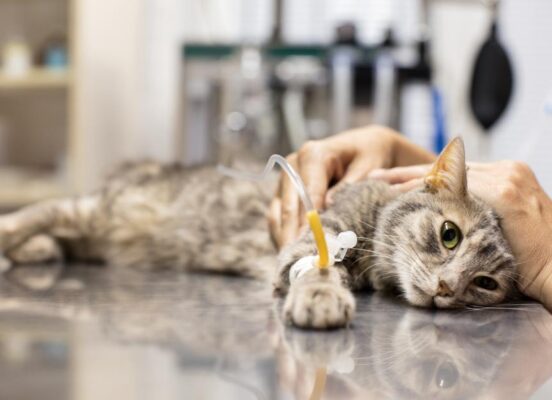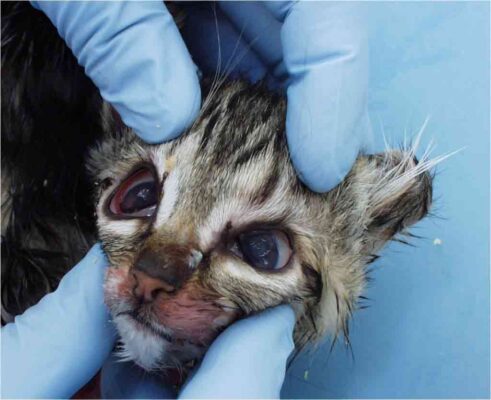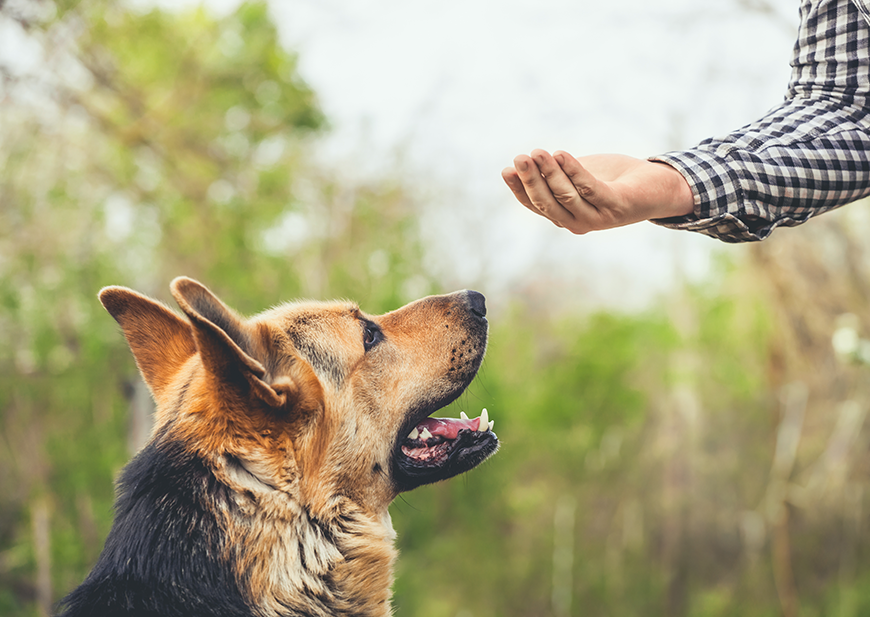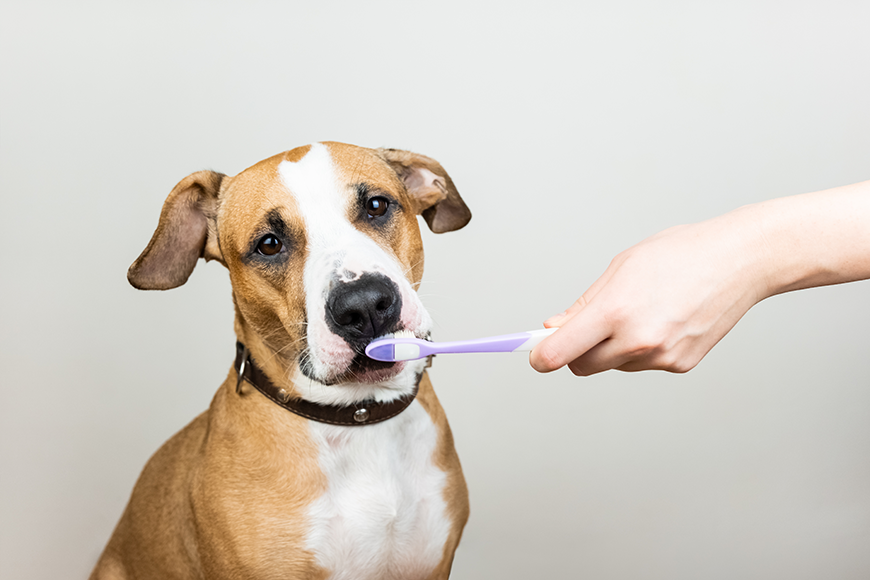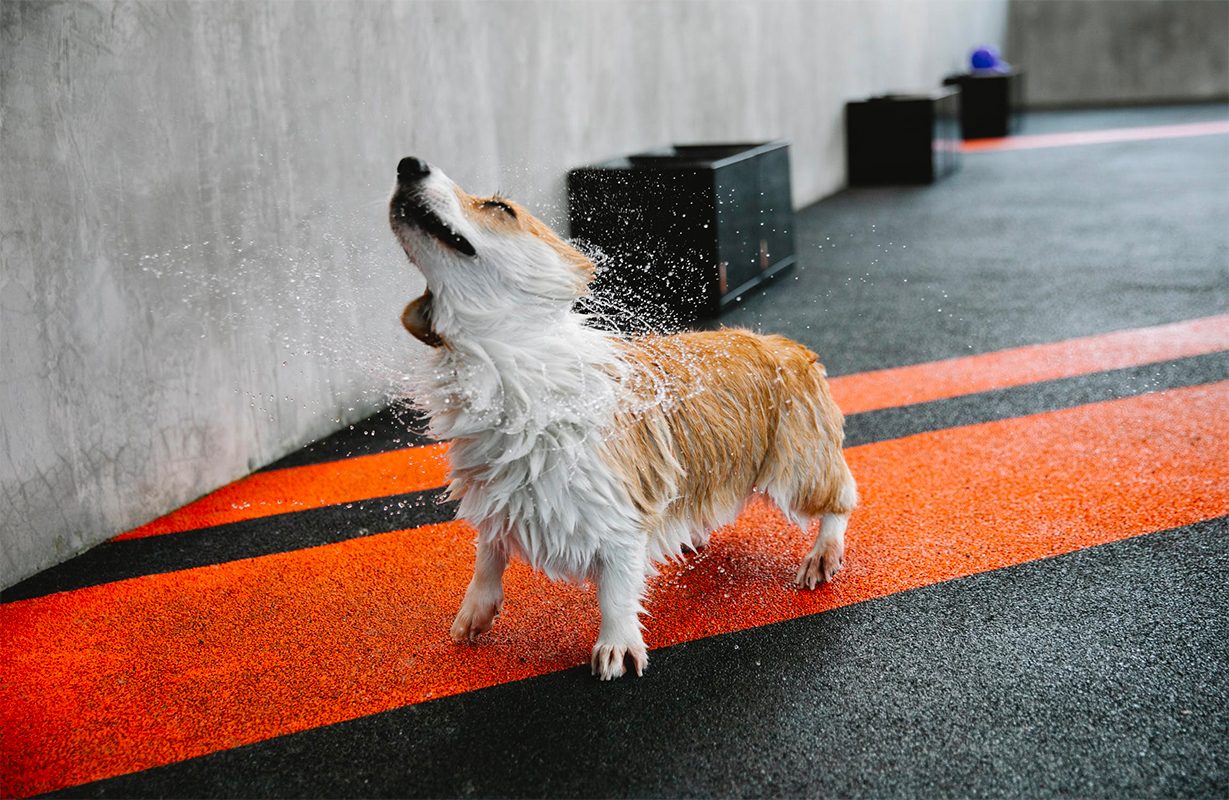Cats have long been beloved companions, providing comfort and companionship to millions of people around the world. However, like all living beings, they are susceptible to various illnesses affecting their health and well-being. One of the most notorious and potentially deadly diseases that afflict cats is panleukopenia, also known as feline parvovirus or feline distemper. This highly contagious viral infection poses a significant threat to both domestic and wild feline populations, making understanding its causes, symptoms, prevention, and treatment crucial for cat owners and veterinarians alike.
Panleukopenia, a virulent and highly contagious disease often referred to as feline parvovirus or feline distemper, poses a significant threat to cats worldwide. With its ability to swiftly infect and debilitate feline populations, both domestic and wild, panleukopenia demands a deeper understanding of its origins, modes of transmission, clinical manifestations, and preventive measures. This introductory exploration delves into the intricate facets of panleukopenia, shedding light on the critical importance of awareness and proactive management to safeguard the health and well-being of our feline companions.
Panleukopenia in Cats and How to Treat It
Panleukopenia, also known as feline parvovirus or feline distemper, is a highly contagious viral disease primarily affecting cats. It is caused by the feline parvovirus, which targets rapidly dividing cells in the bone marrow, intestinal lining, and lymphoid tissues. This significantly decreases white blood cell count, leading to a range of symptoms, including loss of appetite, lethargy, vomiting, diarrhea, and potential neurological issues. The virus is transmitted through contact with infected cats, bodily fluids, or contaminated objects. Preventable through vaccination and managed through supportive care, panleukopenia severely threatens domestic and wild feline populations.
-
Causes and Transmission of Panleukopenia in Cats
Panleukopenia is caused by the feline parvovirus (FPV), a highly resilient virus that can survive in the environment for months, even years, under the right conditions. The virus primarily attacks rapidly dividing cells, especially those in the bone marrow, intestinal lining, and lymphoid tissues. This results in a drastic decrease in white blood cell count (leukopenia), leading to the disease’s name. The virus is transmitted through contact with an infected cat, bodily fluids, or contaminated objects. Cats can contract the virus by sharing food and water bowls, litter boxes, or exposure to a contaminated environment. Pregnant cats can also transmit the virus to their unborn kittens, causing severe developmental issues.
-
Symptoms and Clinical Presentation
Panleukopenia can manifest in various ways, and its severity can range from mild to fatal. Symptoms often appear suddenly and may include:
1. Loss of Appetite: Cats infected with panleukopenia may lose interest in food and water, leading to rapid weight loss and dehydration.
2. Lethargy: Infected cats become weak and lethargic, lacking interest in everyday activities.
3. Vomiting and Diarrhea: Severe vomiting and diarrhea are common symptoms, leading to fluid loss, electrolyte imbalances, and dehydration.
4. Fever: Cats may exhibit a high fever, often accompanied by shivering and discomfort.
5. Depression: Infected cats may seem depressed, withdrawn, and unwilling to interact.
6. Dehydration: Fluid loss from vomiting and diarrhea can quickly lead to dehydration, exacerbating other symptoms.
7. Neurological Signs: In some cases, panleukopenia can affect the nervous system, leading to coordination issues, tremors, and seizures.
-
Prevention and Treatment of Panleukopenia in Cats
Prevention is the most effective way to combat panleukopenia. Vaccination plays a pivotal role in reducing the risk of infection. The panleukopenia vaccine, often administered as part of a combination vaccine known as the “core vaccine,” helps protect cats from the virus. Kittens typically receive vaccines at around 6 to 8 weeks of age, with boosters at specific intervals. Adult cats should also receive regular vaccine boosters to maintain their immunity. If a cat contracts panleukopenia, prompt veterinary care is essential. Treatment focuses on supportive care to address the symptoms and aid the cat’s immune system in fighting the virus. This might involve intravenous fluids to combat dehydration, medications to control vomiting and diarrhea, and antibiotics to prevent secondary bacterial infections.
-
Isolation and Hygiene
Given the virus’s highly contagious nature, isolating infected cats is paramount to preventing its spread. Effective isolation necessitates quarantining the affected cat in a designated, well-ventilated space without direct interaction with other cats. Furthermore, implementing rigorous hygiene protocols is a critical step in curtailing transmission. This entails meticulously disinfecting all surfaces, litter boxes and feeding paraphernalia using suitable disinfectants, thereby aiding in eradicating the virus from the immediate environment and curbing its potential transmission to other feline occupants.
-
Wildlife Impact
Panleukopenia not only affects domestic cats but also can potentially inflict devastating consequences on wild feline populations, including species such as bobcats and cougars. Outbreaks of the virus in these wild felids can lead to a cascade of adverse effects, significantly jeopardizing their populations and potentially causing alarming declines. The virus’s remarkable ability to persist in the environment further compounds the challenge of effectively managing its impact on wildlife populations. This resilience makes curtailing its spread and mitigating its effects on wild feline species a complex endeavor that requires comprehensive strategies and coordinated efforts.
Conclusion:
Panleukopenia is a severe and potentially fatal disease that not only endangers the health of domestic and wild cats but also has the potential to impact entire feline ecosystems. The gravity of this threat underscores the crucial need for a comprehensive approach to combat its spread and mitigate its consequences. By fostering an in-depth understanding of the disease’s intricate dynamics, including its causes, wide-ranging symptoms, effective preventive strategies, and the critical role of timely treatment, both cat owners and veterinary professionals can synergize their efforts to curtail its impact.
Vaccination is a cornerstone defense mechanism against panleukopenia, fortifying feline immunity and reducing susceptibility. Furthermore, implementing rigorous isolation protocols for infected cats and meticulous hygiene practices serve as a formidable line of defense against the virus’s rapid dissemination. Empowered with knowledge and armed with proactive measures, we can shield our cherished feline companions from the ominous specter of panleukopenia, thus preserving the well-being of these treasured animals within our shared ecosystems.
Pet’s Mall and Pet Clinic
Pet’s Mall and Pet Clinic in Lahore is the best place for your pets. Dr. Sami is a fantastic vet there, and he has a super team and excellent equipment. If your pet needs help, this is the place to go. They have everything your pet might need and care about making it feel better. So, if your pet is sick or you need pet stuff, check out Pet’s Mall and Pet Clinic. Your pet will thank you!
CONTACT US:
34 Q Block, Johar Town, Shah Alam Road, Near Ayub Chowk, Lahore
0313-4343476
petsmallpk@gmail.com
Popular Post
How to choose a training
Top tips for caring for
Tips for keeping your cat
Archives
Tags
Email for newsletter
At Pets Mall, we offer premium quality dog and cat food, pet supplies, and vaccination. Get everything you need for your pet!
If you pets need immediate veterinary’s treatment, give us a call and we will send a specialist vet to your home.
- 34 Q Block, Johar Town, Shah Alam Road, Near Ayub Chowk , Lahore
- petsmallpk@gmail.com
- 0301-7475573 , 0313-4343476
COPYRIGHT © PetsMall.pk ALL RIGHTS RESERVED. | DEVELOPED BY DIGIKNOWN




